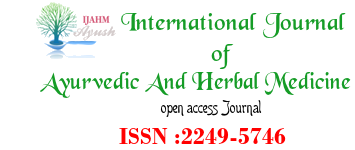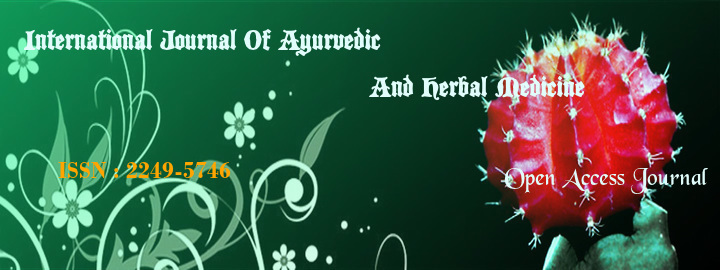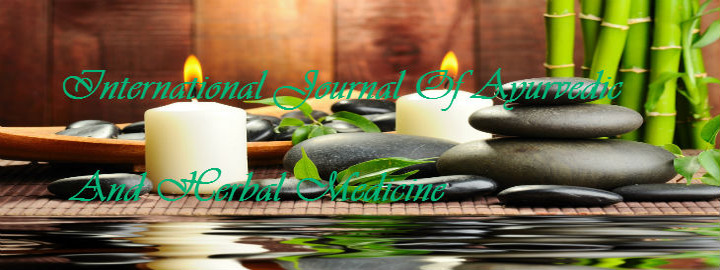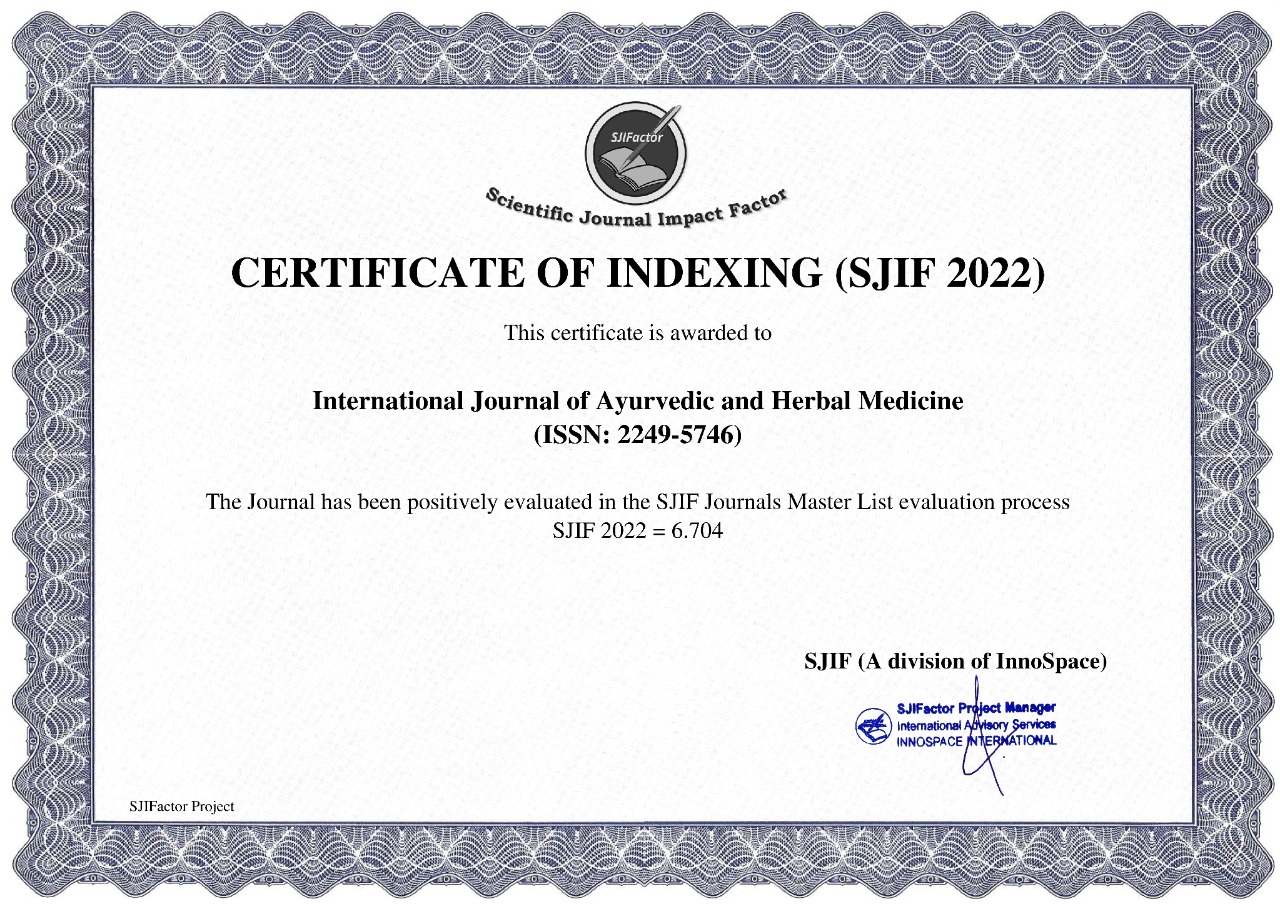


Dr. Dongre Parshuram 1*, Dr. Baghel Prashant 2, Dr. Salve Nilesh3
DOI : http://dx.doi.org/10.18535/ijahm/v7i4.08
1Professor and H.O.D, Kayachkitsa Dept. Govt. Ayurved College, Osmanabad, Maharashtra, India.
2PG Scholar, Kriya Sharir Dept. Govt. Ayurved College, Osmanabad, Maharashtra, India.
3PG Scholar, Agad Tantra Dept. Govt. Ayurved College, Osmanabad, Maharashtra, India.
*Address for correspondence-
Dr. Dongre Parshuram,
Professor and H.O.D, Kayachkitsa Dept.
Govt. Ayurved College, Osmanabad, Maharashtra, India.
ABSTRACT:
Seborrhea capitis a common chronic scalp condition is marked by itching and flaking of skin. It is termed as Darunaka in Ayurveda. Most of Ayuvedic texts refer this complaint of Darunaka under minor disease (Kshudra Roga). Although the disease rarely causes baldness and hair loss, but the irritation/itching may most certainly be a cause of concern. If white these flakes persist for a long time, the person may experience symptoms of seborrhea, psoriasis and eczema. The treatment part in the modern science is only use of Anti-dandruff shampoos which has the time limited effect and has recurrence also. Also the shampoo gives the side effects like eyes and skin burning or irritation. But Ayurveda gives a perfect treatment for the disease. AggravatedDosha in Darunaka are Vata and Kapha according to Ayurveda,which causes the dryness and itching of the scalp skin. So the Ayurvedic line of treatment is to generally pacify Kapha and Vata dosha.Madayantika sidhha taila is selected for the study. It contains Tila taila (sesame oil) which is Vata Kaphaghna (pacifying Vata and kapha dosha) and Madayantika which has the property ofKandughna(anti-pruritic), Vranshodhak(anti-inflammatory or anti-microbial), Vrana ropaka(wound healer), Kushtaghna(antifungal/anti-dermatophytic) etc. This study has revealed the efficacy of Madayantika siddha taila on Darunaka (Seborrhea capitis).
Keywords-Darunaka, Seborrhea capitis, Madayantika siddha taila, Seborrheic dermatitis
Reference
1. Dr. Anantram Sharma. Sushrut Samhita, Vol. 1, Varanasi; Chaukhamba Subharati Prakashan; 2012. (Nidanasthana 13/3) Page no. 554
2. Kaviraj Atridev Gupta. Ashtanga Hridayam, Varanasi; Chaukhamba Prakashan; 2011. (Uttarasthana 23/23) Page no. 728
3. Dr. Anantram Sharma. Sushrut Samhita, Vol. 1, Varanasi; Chaukhamba Subharati Prakashan; 2012. (Nidanasthana 13 /36) Page no. 558
4. MuhammadHS, Muhammad S. The use of lowsonia inermis linn(henna) in the management of wound infections. Afri J biotechnol. 2005; 4:934.
5. Al Rubiay KK et al. Antimicrobial activity of henna extract. Oman Med J. 2008; 200(23):253-256
6. Hanna R et al. Molecular structure and infra-red spectra of 2-hydroxy-1,4-naphthoquinone; Experimental matrix isolation and theoretical Hatree-Fock and post Hatree-Fock study. Spec Act. 1998;1998(54): 1091-1103
7. Gangadeep Chaudhary et al. Lowsonia inermis : A phytopharmacological study. International Journal of pharma and drug research 2010; 2(2): 91-98
8. Brar G, Ahuja KL. Sesame: Its culture genetics, breeding and biochemistry. Annu Rev Plant sci. 1979; 1: 245-313
9. Dhamija Isha and Parle Milind. International Research Journal of Pharmacy 2012, 3(11)
10. Kiran R, Asad M. Wound healing activity of Sesamum indicum L Seed and oil in rat. Indian J Exp-Biol. 2008; 46(11); 777-82
11. Acharya Siddhinanadan Mishra. Bhaishajya Kalpana Vigyana. Varanasi; Chaukhamba Prakashan; Chapter no. 8 Page no. 222-225
index























